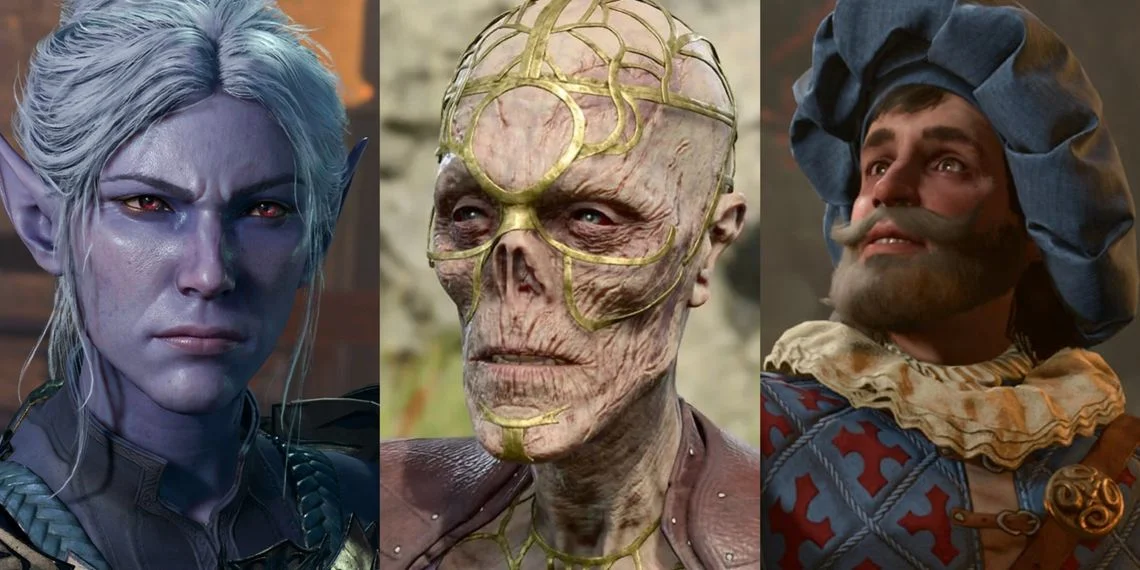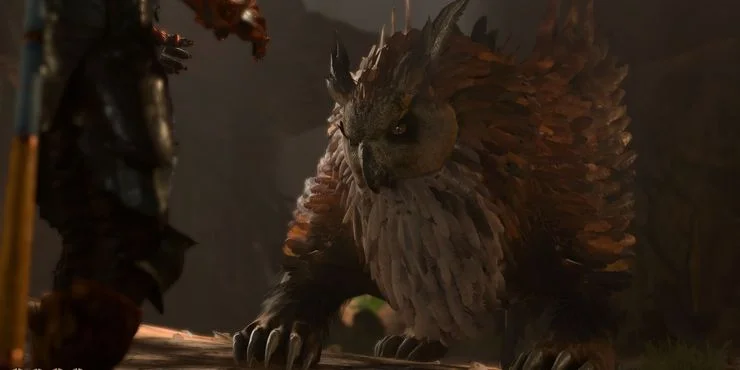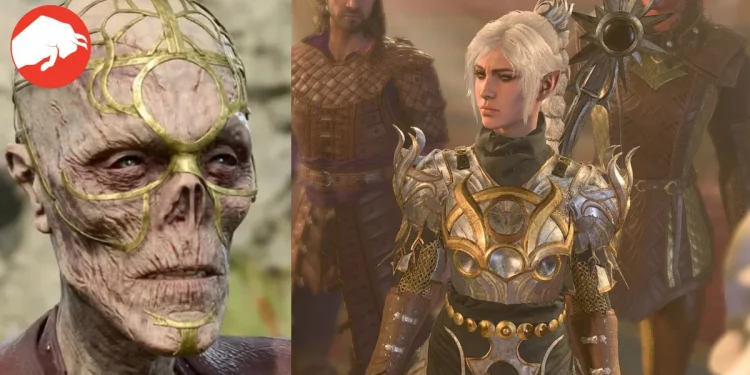Baldur’s Gate 3, a game that’s as vast as it is intricate, offers an immersive experience into a world teeming with characters. The game truly comes to life in its more populated areas, bustling with activity and brimming with potential interactions. This richness is one of the hallmarks of the game, distinguishing it in the realm of role-playing games.
The Dynamic World of Baldur’s Gate 3: A Closer Look
In Baldur’s Gate 3, the contrast between the quieter parts of the world and the lively, inhabited areas is stark. “When you enter more inhabited areas of the world, however, Baldur’s Gate 3 becomes so much more alive, rumbling with chatter and people staring at you, just waiting for you to fail a slight hand check (or commit any other crime, really),” as noted by players.

Interaction with non-player characters (NPCs) is a core aspect of the game. These NPCs range from everyday civilians and traders to animals, each adding depth and realism to the game’s universe. However, getting involved in the lives of these NPCs isn’t always straightforward. “However, most NPCs aren’t as willing as the origin characters and companions to let you get overly involved in their personal lives,” points out the intricacies of NPC interactions.
A World Populated with Diverse Characters
In Baldur’s Gate 3, you’re not just traversing a game world; you’re immersing yourself in a universe teeming with over 500 unique NPCs. This staggering number includes a diverse range of characters, from a “rather menacing looking mama Owlbear with white and brown feathers and massive claws” to tieflings and other memorable characters.
The distribution of NPCs across the three acts of the game illustrates the depth of the game’s design. Act 1 introduces approximately 133 NPCs, Act 2 has around 112, and Act 3, set in the bustling Baldur’s Gate, features about 256 NPCs. Each character, whether a passing acquaintance or a potential party member, adds a layer of realism and engagement to the game.

The Role of NPCs in Player’s Journey
Baldur’s Gate 3 goes beyond mere interaction with NPCs; it allows players to recruit them into their party, albeit temporarily in most cases. “In total, you can have up to 18 temporary camp and party members,” with the duration of their stay varying greatly. For those seeking more permanent companions, the game offers 13 characters to choose from, though not all simultaneously.
The game’s decision-making element plays a crucial role in shaping these interactions. For instance, recruiting origin characters is relatively straightforward. However, choosing to side with certain characters like Minthara can have significant repercussions, affecting the dynamics of your party and the fate of other characters in the game.
Making Strategic Choices in a Complex World
The complexity of Baldur’s Gate 3 is evident in the intricacies of its character interactions and the consequences of the choices players make. Aligning with specific characters can lead to dramatic shifts in the storyline and the composition of your party. As players navigate through this richly crafted universe, they must weigh their decisions carefully, understanding the potential impact on their journey and the world around them.
In conclusion, Baldur’s Gate 3 offers a vibrant and dynamic world, rich in characters and interactions. Each NPC brings a unique element to the game, enriching the player’s experience and adding layers of complexity to the gameplay. Whether you’re exploring quiet corners of the world or diving into the bustling heart of Baldur’s Gate, the game promises an engaging and immersive journey filled with choices, challenges, and a myriad of characters to discover.









